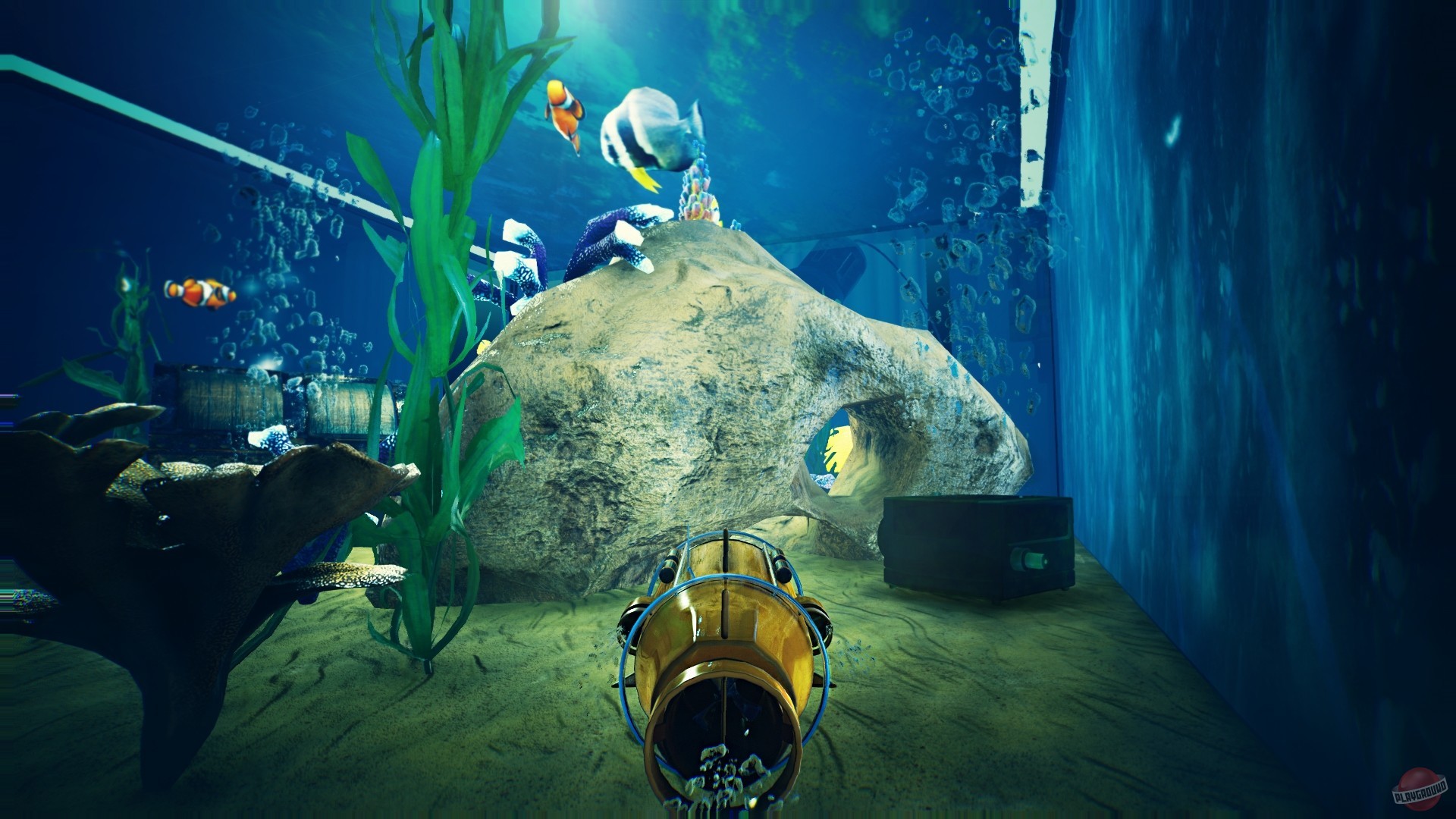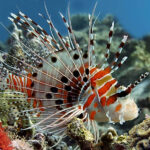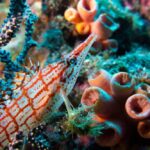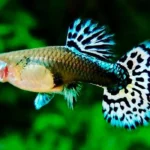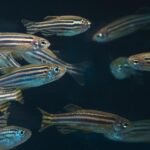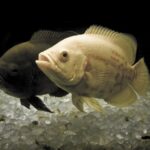A Hobby Full of Life—But Also Pitfalls
Fishkeepers Make Fishkeeping is a hobby that’s deceptively easy-looking on the surface—acquire a tank, fill it with water, throw some fish in there, and sit back and watch the magic happen. But here’s the thing: keeping an aquarium healthy is both art and science. Lots of rookie fishkeepers charge in with great energy, but before long, they find themselves experiencing heartbreak as fish become ill, water becomes cloudy, or something goes haywire overnight.
The better news? Fishkeepers Make The majority of the most common aquarium problems are the result of preventable errors. This book addresses the top 10 mistakes beginner fishkeepers make, why they occur, and how to correct them—so you can avoid the frustration and create a thriving, dynamic aquatic environment from day one.
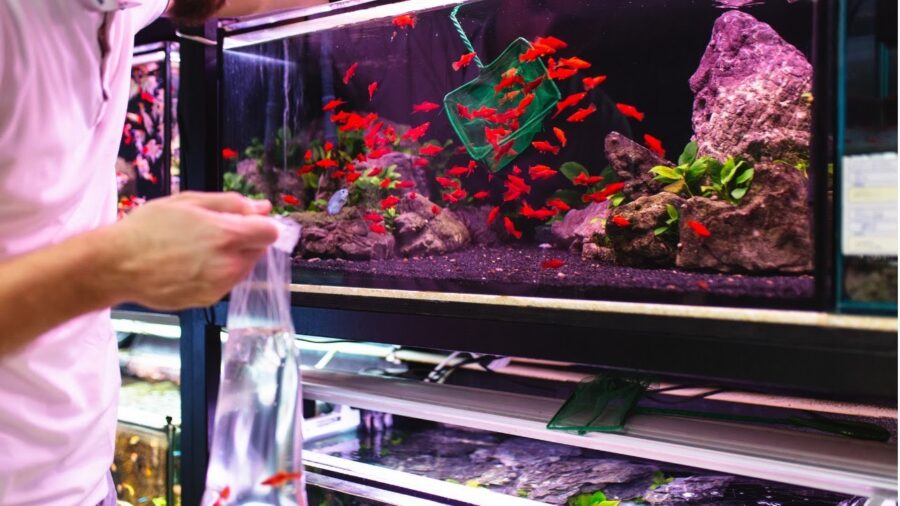
Skipping the Nitrogen Cycle
Why It Happens
You’re thrilled. You just purchased a new tank, filled it with water, put decorations in it, and added your new fish on day one. It makes sense—until your fish begin dying off one by one.
The Problem
Fish create waste. That waste degrades to ammonia, which is poisonous.
The Fix
Cycle the tank before adding fish. This usually takes 4–6 weeks.
Add a source of ammonia (fish food or pure ammonia) and test the water for ammonia, nitrite, and nitrate.
Wait until ammonia and nitrite hit zero and nitrates rise—then it’s safe.
Use products like bottled beneficial bacteria to speed things up.
Overstocking the Tank
Why It Happens
You’re thrilled. Fishkeepers Make You just purchased a new tank, filled it with water, put decorations in it, and added your new fish on day one. Fishkeepers make sense—until your fish begin dying off one by one.
The Problem
Fish create waste. That waste degrades to ammonia, which is poisonous.
The Fix
Follow the 1 inch of fish per gallon rule as a loose guideline.
Fishkeepers make. Research each fish’s adult size, not just how big they are when you buy them.
Choose fewer species and let them thrive rather than crowding your tank.
Overfeeding Your Fish
The Problem
Uneaten food rotting in the tank
Ammonia spikes
Algae blooms
Digestive issues in fish
Cloudy water
The Fix
Feed only what they can eat in 2–3 minutes, once or twice a day.
Include one fasting day per week.
Remove uneaten food after 5 minutes.
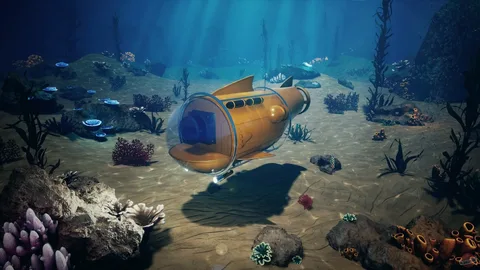
Choosing the Wrong Fish
The Problem
Some fish are aggressive (like some cichlids or bettas).
Fishkeepers Make. Some are schooling fish and get stressed when kept alone.
Others grow way too big (like common plecos or iridescent sharks).
The Fix
Research every fish before buying.
Know their temperament, adult size, water parameters, and social needs.
Ask yourself, “Will this fish be happy and healthy here in a year?”
Using a Tank That’s Too Small
Why It Happens
Small tanks seem easier. They’re cheaper, take up less space, and stores often market them as “starter kits.”
The Problem
Small tanks have less stable water conditions.
They heat and cool faster.
They can’t support many fish.
Maintenance is actually harder.
The Fix
Avoid “nano tanks” unless you’re ready for advanced care.
Aim for at least 20 gallons for beginners.
Larger tanks provide more forgiveness for mistakes and water fluctuations.
Neglecting Water Testing
Why It Happens
Test kits seem unnecessary. Because you can’t see any ammonia, the water must be fine if it looks clean, right?
The Problem
Chemicals that kill, like nitrite and ammonia, are invisible. Clear water can be harmful. You’re flying blind, and your fish suffer as a result.
The Fix
Get a liquid test kit (like the API Freshwater Master Kit).
Test for ammonia, nitrite, nitrate, and pH weekly.
Test more frequently in new tanks or if fish seem stressed.
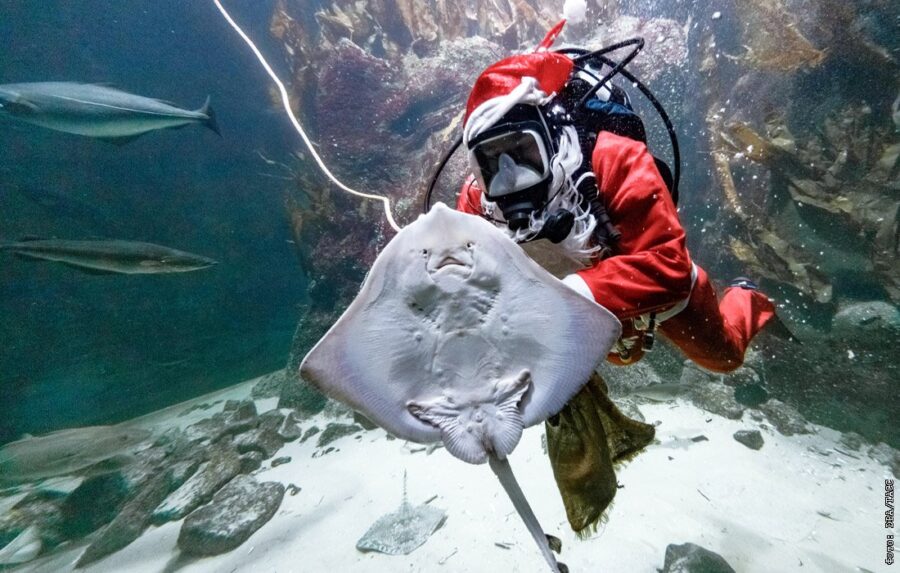
Doing Too Much (or Too Little) During Water Changes
Why It Happens
Some beginners avoid water changes entirely. Fishkeepers Make. Others do massive 100% changes, thinking it’s better. Both extremes cause problems.
The Problem
No water changes = nitrate buildup, stress, and disease.
Over-aggressive water changes = shock to fish, disrupted bacteria.
The Fix
Change 20–30% of the water weekly.
Use a gravel vacuum to remove debris.
Always treat tap water with a dechlorinator before adding it to the tank.
Match the new water’s temperature to the tank to avoid shocking fish.
Improper Acclimation of New Fish
Why It Happens
When you get home, you buy new fish and put the bag in the tank. Is the task completed?
The Problem
Fishkeepers Make. Fish can succumb to osmotic shock or stress as a result of sudden changes in temperature, pH, or hardness. Although it may not occur immediately, delayed death is common.
The Fix
Float the bag for 15–30 minutes to match the temperature.
Slowly mix tank water into the bag over another 15–30 minutes.
Net the fish out—don’t add pet store water to your tank.
Quarantine new fish in a separate tank if possible.
Using the Wrong Equipment (or No Equipment)
Why It Happens
Fishkeeping can get expensive. Beginners often try to cut corners—using weak filters, skipping heaters, or relying on decorations instead of real habitat needs.
The Problem
Fish don’t bark, whimper, or cry. New fishkeepers often miss subtle cues and fail to recognise when something is wrong—until it’s too late.
Hiding constantly
Flashing (rubbing against objects)
Gasping at the surface
Clamped fins
Loss of color
Erratic swimming
The Fix
Observe your fish daily—you’ll start to notice patterns.
If behavior changes, test your water first.
Address issues early: isolate sick fish, fix water parameters, and reduce aggression.
Be proactive, not reactive.
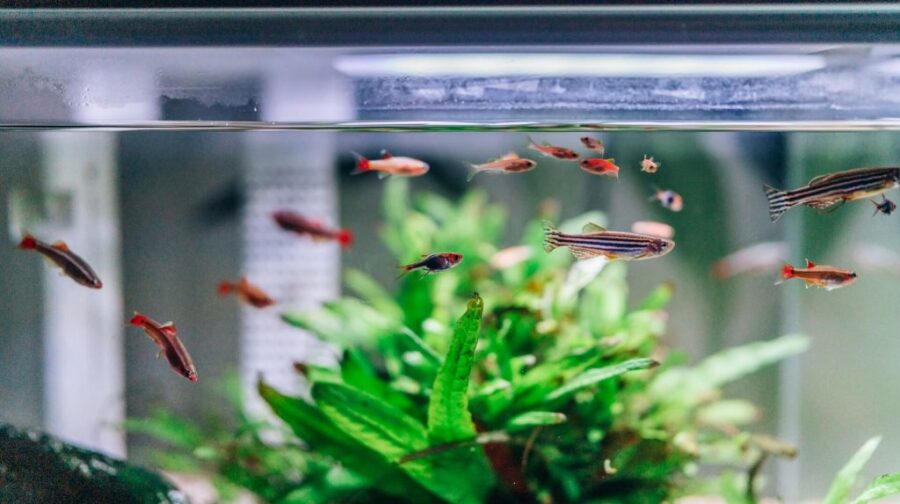
Conclusion
Fishkeeping is one of the most rewarding hobbies—but only when done right. We looked at a lot of common mistakes, such as ignoring the nitrogen cycle, overfeeding, overstocking, and misinterpreting fish behavior. Fishkeepers make They don’t happen because people don’t care, but because many new fishkeepers simply don’t know any better when starting out.
Keep in mind that progress, not perfection, is the goal of fishkeeping. Fishkeepers Make. You now have the knowledge necessary to succeed, whether you are just getting started on your journey or have already made a few mistakes. Fishkeepers Make. So take your time, observe your fish, keep learning, and most of all—enjoy the peaceful, fascinating world you’ve brought into your home.
Fishkeepers make it your own, and the rewards will be endless.
FAQs
How long does it take to cycle a new aquarium?
On average, cycling a new tank takes 4 to 6 weeks. This can change depending on the method used (fish-in vs. fishless cycling), temperature, and bacterial supplements. Fishkeepers Make. Patience is key—only add fish once ammonia and nitrite are zero, and nitrates are present.
What’s the best size tank for beginners?
For beginners, a tank larger than 20 gallons is ideal. Smaller tanks are harder to maintain because water parameters can swing quickly. A larger volume offers more stability and flexibility in fish choices.
How often should I feed my fish?
The majority of fish thrive when fed once or twice daily, and only for two to three minutes. Water quality issues and health issues result from overfeeding. Additionally, a fasting day once a week is suggested.
How often should I change my aquarium water?
Perform 20–30% water changes once per week for most tanks. This helps keep nitrate buildup under control, gets rid of waste, and gives minerals back. Always treat tap water with a dechlorinator.
Is tap water safe for fish?
Yes, but only after treating it with a water conditioner to remove chlorine and chloramine. Untreated tap water can harm or kill your fish.
Can I add fish right after setting up the tank?
No. You must cycle the tank first to establish beneficial bacteria that convert toxic waste into safer forms. Adding fish too early is one of the most common—and deadly—mistakes.
